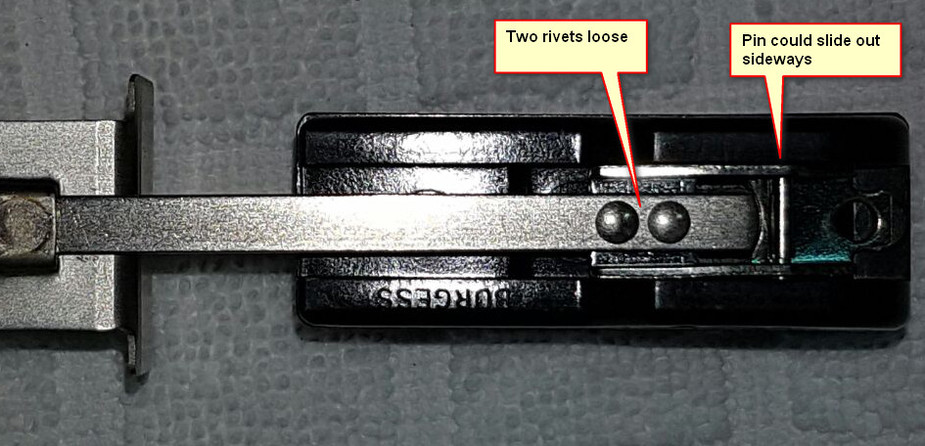vic wrote:
Most gliders have no stall warning device because glider pilots are REAL pilots and don´t need anything like that. Yet they keep falling out of the sky regularly . . .
What’s the point of this comment? And do gliders really “fall out of the sky regularly”? I haven’t checked the statistics, but that’s certainly not the impression I have.
vic wrote:
Most gliders have no stall warning device because glider pilots are REAL pilots and don´t need anything like that. Yet they keep falling out of the sky regularly . . .
Stall/spin accidents in gliders are AFAIK no more prevalent than any other GA type.
It’s also impractical to have a stall warner in a glider, since (especially on a weak day) you spend a lot of time thermalling slow enough that a stall warner would be going off constantly.
Mooney_Driver wrote:
The latter part I would say rather critical. Non working stall warning would be a no-go or at the very least an item requiring extreme caution.
Depends on the aircraft.
For some aircraft, the stall warner is a required part for the certification. An inoperative stall warner makes the aircraft illegal to operate as it’s required.
For others not so much. My aircraft doesn’t have a stall warner, but on the other hand it’s quite easy to tell when you’re approaching the stall. For a typical approach to a stall (non-accelerated), the controls get light and sloppy, the sound of the air going past the fuselage almost dies away completely, and you start to feel a bit of buffet just before the event. A stall warner would be a bit superflous.
It’s also impractical to have a stall warner in a glider, since (especially on a weak day) you spend a lot of time thermalling slow enough that a stall warner would be going off constantly.
Plus you would distrurb airflow with tab sticking out from leading edge.
Btw stalling and spinning glider is much easier to recover than common powered aircraft.
Emir wrote:
Btw stalling and spinning glider is much easier to recover than common powered aircraft.
I did some stall/spin training a few years ago, simulating a stall off a winch launch – so only about 900 feet for the exercise. We only lost 200 feet in the exercise (but it was very eye opening – as intended – because a low altitude stall looks a lot different to a high altitude one, because you can see the ground coming up to smite you).
alioth wrote:
because a low altitude stall looks a lot different to a high altitude one, because you can see the ground coming up to smite you
Indeed 
New stall warner switch received from Socata – the special version with the longer paddle for the TKS system

With an EASA-1 form of course. It is a “Burgess” one and I estimate it is at least 20 years old 
The operating force is perhaps 2x greater than the old one was, hence my original Q.
vic wrote:
Most gliders have no stall warning device because glider pilots are REAL pilots and don´t need anything like that. Yet they keep falling out of the sky regularly
Have I missed something, this is a joke, right?
Mooney_Driver wrote:
Non working stall warning would be a no-go
Another joke?
Depends on the aircraft of course. If yours is a hang glider, probably not  But I reckon the stall warner is mandatory on a TB20 and most other GA types, but don’t have a reference.
But I reckon the stall warner is mandatory on a TB20 and most other GA types, but don’t have a reference.